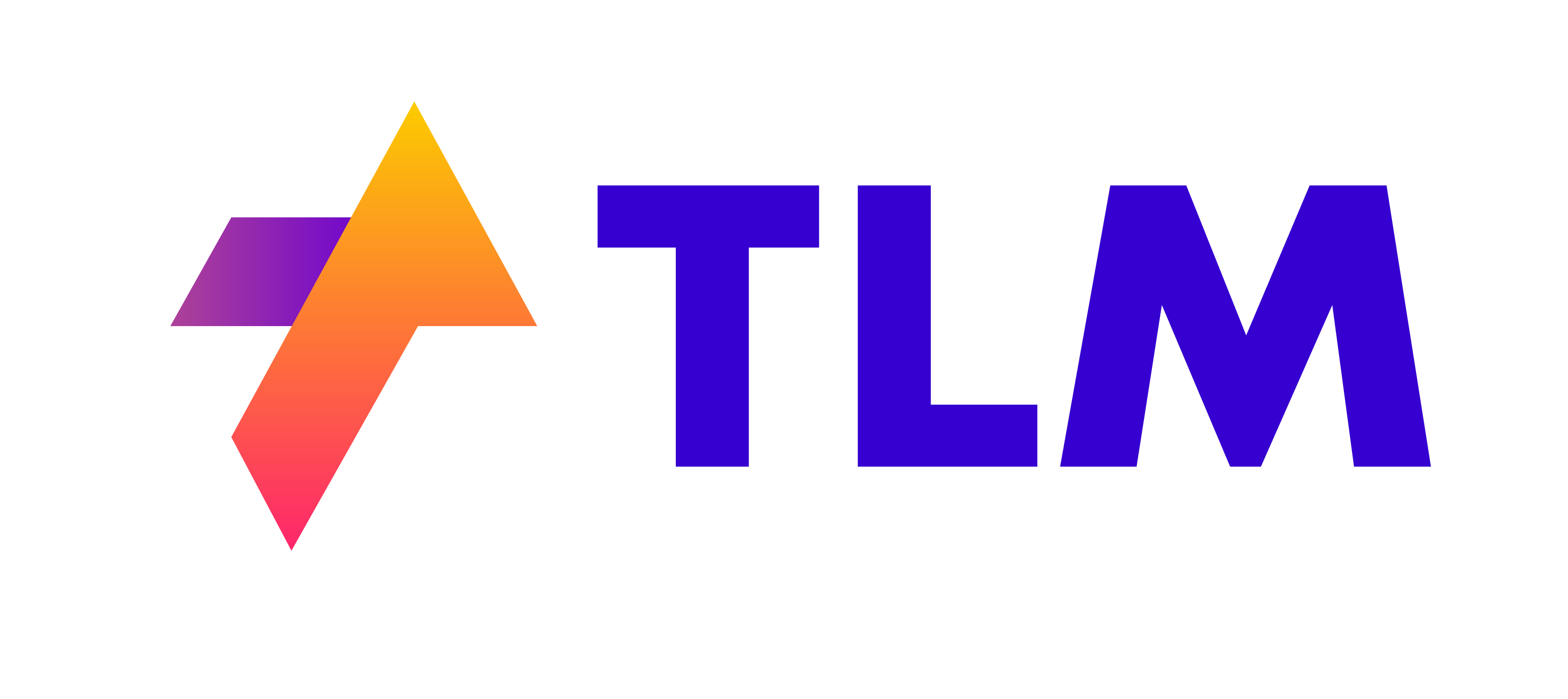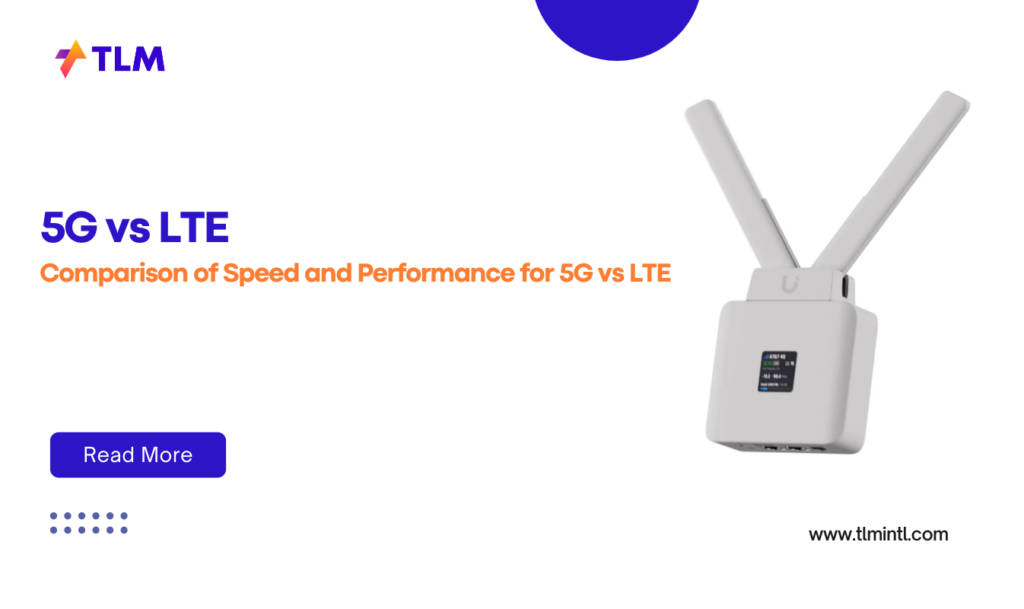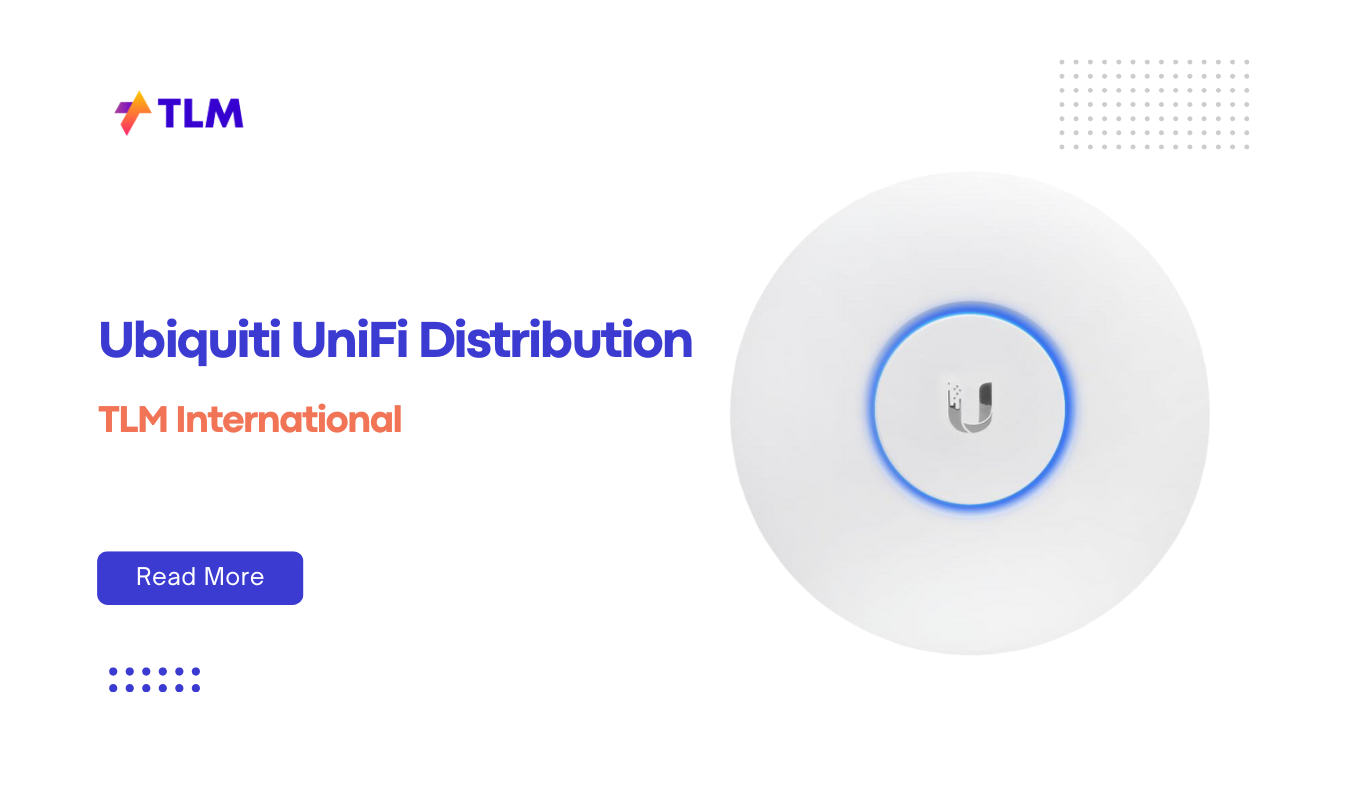Networking has evolved rapidly, and the transition from LTE (Long-Term Evolution) to 5G (Fifth Generation) is one of the most significant advancements in wireless communication. With 5G promising unprecedented speeds, lower latency, and enhanced connectivity, it’s essential to understand how it compares to LTE. This article dives deep into the differences between 5G and LTE, focusing on speed, performance, and how devices like Ubiquiti, HPE Networking, MikroTik, and Ruijie Networks are leveraging these technologies.
What is LTE?
LTE is a 4G wireless communication standard that has been the backbone of mobile networks since its introduction in 2009. It was designed to provide faster data speeds and better reliability than its predecessors (2G and 3G). Over time, LTE evolved into LTE-Advanced, which improved bandwidth efficiency and network capacity. Key features of LTE include:
- Speeds up to 100 Mbps.
- Carrier aggregation for enhanced capacity.
- Real-time services like Voice over LTE (VoLTE) for seamless audio and video streaming.
What is 5G?
5G represents the next leap in wireless technology. It introduces new radio frequencies (5G NR), massive MIMO (Multiple Input Multiple Output) antenna arrays, and advanced network slicing capabilities. These innovations enable 5G to deliver:
Speeds up to 20 Gbps in ideal conditions.
Latency as low as 1 millisecond.
Support for up to 1 million connected devices per square kilometer.
Speed: How Fast is Fast Enough?
LTE Speeds
LTE networks typically offer download speeds ranging from 30 Mbps to 100 Mbps in real-world scenarios. While this is sufficient for most applications like video streaming and web browsing, LTE struggles with high-demand environments such as stadiums or densely populated urban areas.
5G Speeds
5G dramatically outpaces LTE with theoretical speeds of up to 20 Gbps. In practical settings, users experience speeds that are at least three times faster than LTE. For instance:
Downloading an HD movie takes mere seconds on a 5G network compared to several minutes on LTE.
Applications like augmented reality (AR) and virtual reality (VR), which require high bandwidth, thrive on 5G’s capabilities.
Latency: The Time Factor
Latency measures the delay in data transmission across a network. It’s a critical factor for applications requiring real-time responsiveness.
LTE Latency: Typically ranges between 20–30 milliseconds. While adequate for general use, it falls short for tasks like online gaming or remote surgery2.
5G Latency: Reduced to as low as 1 millisecond under optimal conditions. This ultra-low latency enables innovations like autonomous vehicles and industrial automation.
Coverage: Urban vs Rural Connectivity
LTE Coverage
LTE networks are well-established globally, providing extensive coverage across urban and rural areas. Its reliance on low- and mid-frequency bands ensures a good balance between speed and range.
5G Coverage
While 5G offers unparalleled speed and capacity, its coverage is still expanding. High-band (mmWave) frequencies used by 5G have limited range and struggle with obstacles like walls or trees. However, low-band 5G provides broader coverage at slower speeds, making it suitable for rural areas.
Capacity: Handling More Devices
The capacity of a network determines how many devices it can support simultaneously without congestion.
LTE: Supports up to 1,000 devices per cell tower.
5G: Handles up to 10,000 devices per cell tower, making it ideal for IoT (Internet of Things) applications in smart cities.
Real-World Applications
Ubiquiti
Ubiquiti’s LTE routers like the UniFi Mobile Router offer reliable backup internet connectivity for businesses. With the advent of 5G-ready devices such as the U-LTE-Pro, Ubiquiti ensures seamless failover solutions with enterprise-grade security.
HPE Networking
HPE Aruba’s Private 5G solutions simplify enterprise adoption by integrating Wi-Fi management with private cellular networks. These solutions are perfect for industries requiring secure, high-speed connections for critical operations.
MikroTik
MikroTik’s Chateau series provides robust connectivity with support for both LTE and emerging 5G technologies. Designed for home and enterprise use, these routers deliver fast internet speeds even in remote locations.
Ruijie Networks
Ruijie’s advanced baseband units (e.g., RG-5GNR-BBU5000) support both LTE and 5G cells, enabling flexible deployment in indoor environments like offices or shopping malls. Their energy-efficient design ensures high performance while minimizing power consumption.
Key Differences Between LTE and 5G
| Feature | LTE | 5G |
| Speed | Up to 100 Mbps | Up to 20 Gbps |
| Latency | ~20–30 ms | ~1 ms |
| Coverage | Extensive | Expanding |
| Capacity | ~1,000 devices per cell | ~10,000 devices per cell |
| Frequency Bands | Low & mid bands | Low, mid & high bands |
Conclusion
The shift from LTE to 5G marks a transformative era in wireless communication. While LTE remains reliable for widespread coverage and moderate data demands, 5G unlocks new possibilities with its unparalleled speed, low latency, and massive device capacity.
For businesses leveraging networking equipment from brands like Ubiquiti, HPE Networking, MikroTik, or Ruijie Networks, adopting 5G-ready solutions ensures future-proof connectivity. Whether it’s deploying private cellular networks or enhancing IoT infrastructure, the transition to 5G is no longer a question of if but when.






